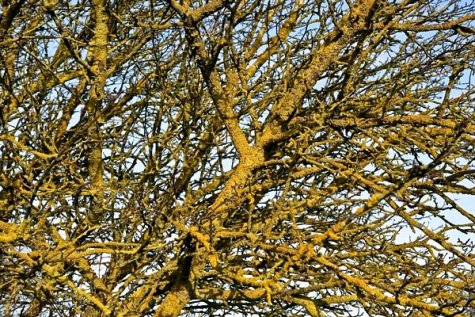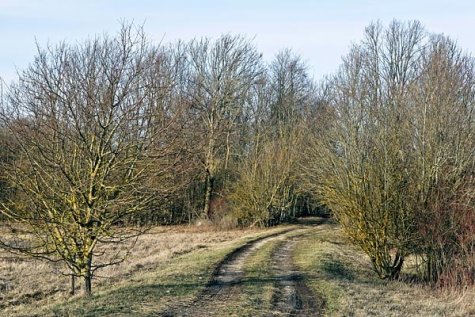Lichens
The sun is warming up the south sides of trees so quickly, that if you lean against them, you will be able to warm yourself up. At least it is quite interesting to touch a tree’s dry bark, where life will start flowing very soon. The feeling of cold can also be dismissed by studying the bark – surely there can be found lichens. There’s a high chance of seeing an yellow coloured orange lichen. It is one of our most distinctive lichens. In the city as well as in the country, because the orange lichen can tolerate polluted air very well. It can get vital nutrients from trees and rocks, which is why they can be found on concrete buildings, but it especially stands out on tree barks.
The dust lichen grows on the ground as well as on trees, especially at the base of tree trunks, because it loves shadowy moist places. Graveyards, old stone gardens and old parks would be places to find it, as well as forests. One can mistake the dust lichen forthe blemished lichen, Phlycis argena. Only the „flour“ colour isn’t greenish, but instead it is a mix of white and grey. Both are very common in Estonia.










